Our main reason and target for the trip to Brazil was to get close, personal and sticky with a Jaguar. There is nowhere else in the world where this is possible other than the Pantanal. We were concerned about our bad timing – best season for Jaguar observation is during the dry season in July – August. Then jaguars and their prey concentrate around the limited water sources. When we traveled to the Pantanal, at the start of the wet season, Jaguar encounters are less frequent.
Our tour operator Pantanal Nature promised a ‘good chance’, so off we went.On our first morning we searched hard along the rivers around Porto Jofre but found nothing. We went up and down the rivers, listened to every Caiman snort and Capibara bark, but alas, no Jaguar. The afternoon session was another story. Shortly after leaving Jofre another boat radioed – Jaguar! We sped off to that spot, finding luckily just one more boat there (in peak season we’d be 30 boats…).
That first moment of elation, seeing the majestic animal lay on a tree trunk, feel the adrenaline rush, watch the huge smiles of my team mates – that’s a feeling I will not forget. And what a beauty she was, so majestic.
In the Pantanal, regulations about minimum observation distance are kept strictly. So we watched this most beautiful female from a safe distance of 20 meters, though still too close for my 500 mm lens. Compared to the chaotic experience of Tiger watching in India I had last year, this was very civilised and tranquil. Perfect. This specific female receives many visitors and is one of the most habituated Jaguars of the Pantanal. When she started walking on the trunk to the right, all I could get were tight head shots:
Eventually she sat down again to rest, partially concealed behind aerial roots, giving an interesting atmosphere to the photographs:
After a wile we let her be and went on to find more Jaguars. A short while later we bumped into a huge, scarred, wild-looking male just after he crossed the river. He was not habituated at all, gave us fierce looks and disappeared promptly into the forest. What a powerful experience!
We sailed past the original spot where we had female #1, and found her snoozing a bit deeper in the forest. Isn’t she lovely?
Our luck hadn’t run out yet. On the way back to Jofre we were surprised to find another female resting on a sandbank. She is not a known female and was very wary of us – I managed a few quick shots before she snuck off into the vegetation.
Our next two days in the Pantanal proved somewhat less productive for Jaguars, though we managed daily encounters. Our first, lucky day was sunny and hot – Caimans and Jaguars become more active on sunny days. The next days were overcast and wet, and we worked harder to connect with Jaguars. Jaguar #4 was another large male. He kept his distance from us, and stalked quietly through the tall grass. He pounced on a Caiman but missed, and I missed the shot. But it was a breathtaking burst of action. Amazing.
On our last afternoon, almost back in Jofre, a huge male (#5) swam across the Cuiaba river ahead of us. He climbed out of the water quickly and disappeared into the forest not to be seen again – perfect, wild finale to our Jaguar experience.
Many thanks again to Ailton and Cesar from Pantanal Nature, and to Fernando and Panthera Brazil team for hosting and supporting us.
Yoav Perlman
I have been birding since the age of 9, and from the age of 15 I started working professionally in birding. I have been working for the Israeli Ornithological Center since 1998. I was a member of the Israeli rarities committee between 2001 - 2007. I have an MSc in Ecology from the Ben Gurion University. I did my research on the ecology of Nubian Nightjars in Israel, and spent hundreds of nights with these fascinating birds. I lead tours in Israel, and especially focus on Nubian Nightjars obviously. I traveled and birded Asia extensively, and also Europe, Australia, New Zealand, Africa and North America. I am married to my lovely wife Adva and father to two sons - Uri and Noam, and one daughter - Libby. Currently I live in Norwich, where I am starting a PhD project at UEA.
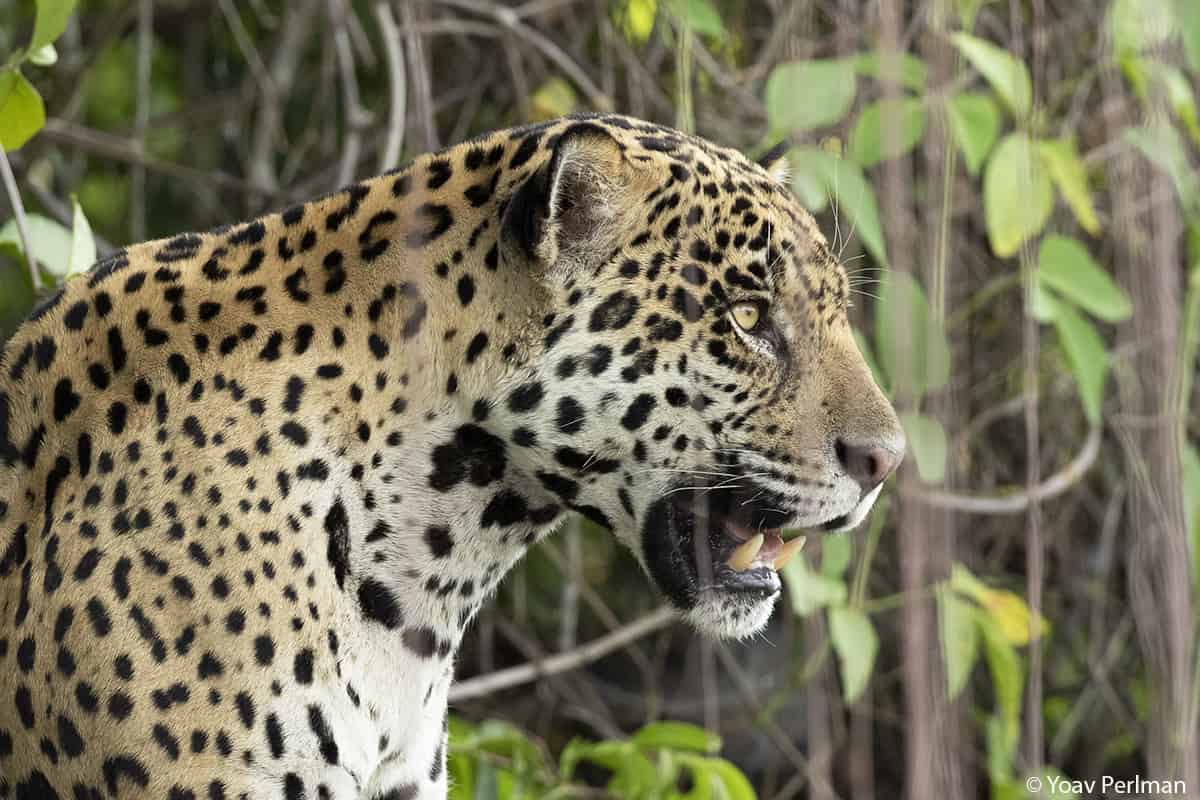

















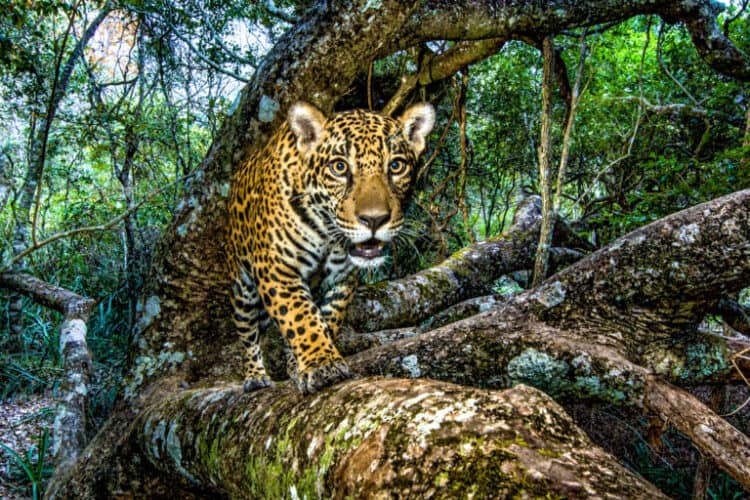


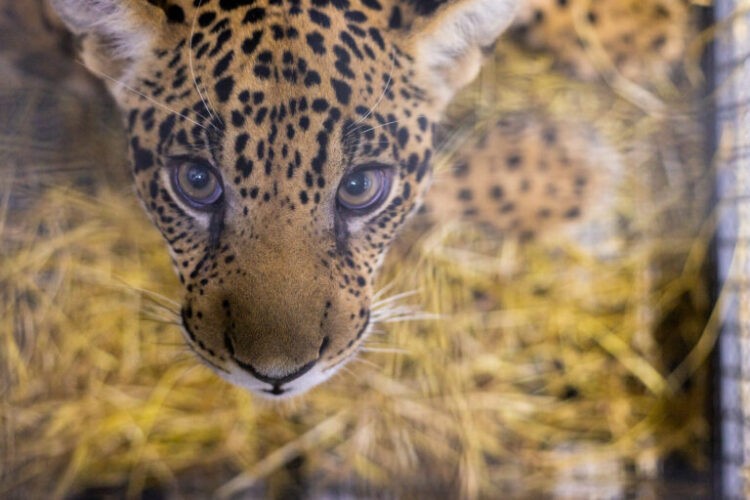
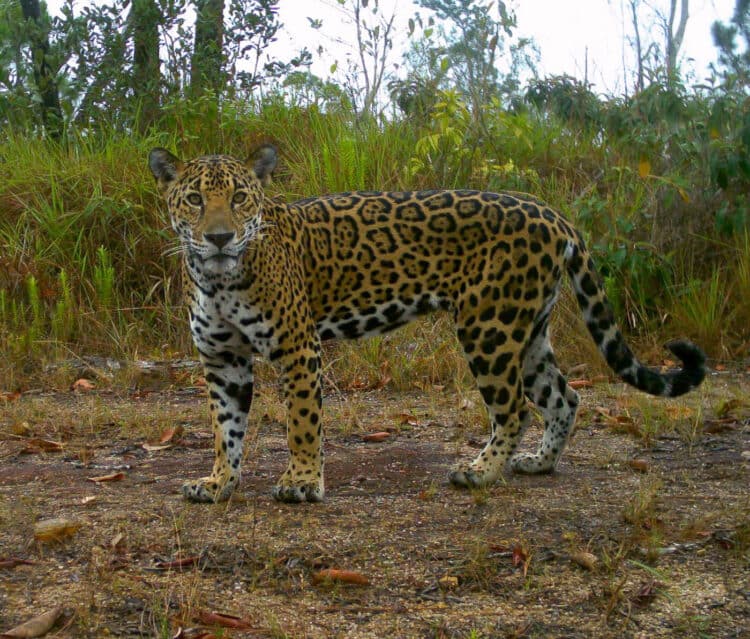
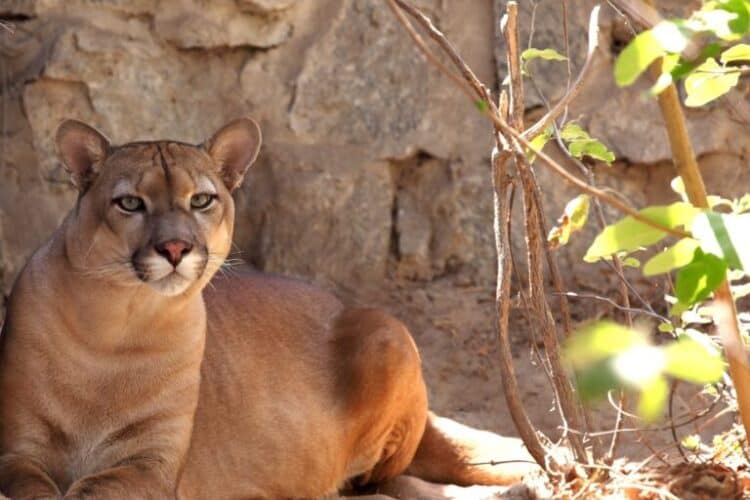
Leave a Reply